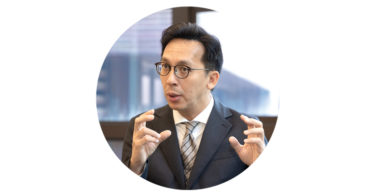With more than three decades of experience in architecture, Marvin Chen now serves as President of the Hong Kong Institute of Architects (HKIA), which he first joined in 1988 after graduating from the University of Hong Kong.
 Chen is a passionate professional with more than 30 years of practical experience in architectural design, project administration and management in Hong Kong, Macau and Mainland China. He is the founder and director of AMQ Ltd/Amasia International Design Group, an international design consulting group providing multi-disciplinary services in architecture, urban design, environment and interiors.
Chen is a passionate professional with more than 30 years of practical experience in architectural design, project administration and management in Hong Kong, Macau and Mainland China. He is the founder and director of AMQ Ltd/Amasia International Design Group, an international design consulting group providing multi-disciplinary services in architecture, urban design, environment and interiors.
For more than a decade, Chen has been actively serving on various boards and committees of the profession, including as honorary secretary of the HKIA (2013-2014), chairman of the Architects Registration Board (2014-2016), and chairman of the Board of Educational Affairs (2015-2016). He is also a Class I Architect in the People’s Republic of China.
HKIA has been an influential institute since its establishment in 1956. What do you hope to achieve during your term as the President of the institute?
Given the recent transformation in society, the advancement of technology, and the demands of the public on the profession, I think the HKIA will need to take positive steps to keep up with the times. With my experience in the institute and the architecture industry, I think I can help to improve, consolidate and refine the structure of the HKIA in order to meet the needs of our society.
During my term in office, there are several things that I want to achieve. Firstly, we will continue to stand firm on our two fundamental objectives, which are to promote the general advancement of architecture and to raise the standard of architecture in Hong Kong. Secondly, our mission is to uphold our professional standards in the coming year.
Last year was a fruitful year for us as it was the 60th anniversary of our institute, with many splendid celebrations. In the coming year, we would like to focus on the architectural profession. We have noticed that the demands on the profession are changing now. We want to emphasise our professional conduct to the public, giving advice on social issues, such as housing policies, land supply and planning regulations, based on our knowledge and expertise, not on self-interest. In a time of political controversy, the code of professional conduct is extremely important to restore the public’s faith in the profession.
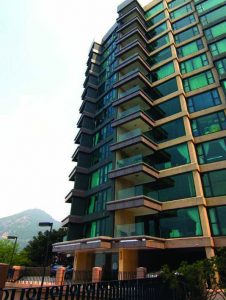 Can you highlight some major upcoming events for 2017?
Can you highlight some major upcoming events for 2017?
Internally, we aim to provide more platforms for young talents to show their skills. The Young Architect’s Awards, which is held by the HKIA and Asian Cultural Council, will be open for young talents to join. Also, we will optimise our structure to enhance efficiency at work.
Externally, we will continue to serve the public by applying the collective expertise of our members in an advisory role to the government and the building industry. Today, HKIA is represented in numerous consultative or advisory bodies to government, as well as non-government,organisations.
What do you think are the biggest challenges facing architects in Hong Kong at this time?
After the rapid growth over the past 10 years, Hong Kong’s architectural industry has entered a consolidation period. Hong Kong architects have had many development opportunities in the past few years. Our knowledge is solid and diversified? our competence is comprehensive, ranging from design and planning to construction and project management.
However, the Hong Kong market is relatively small. That’s why Hong Kong architectural firms have become more and more external oriented over the past decade. The developments in Macau, China and the Middle East have provided a lot of opportunities to the local architect. According to our previous study, many architectural firms have more than half of their business in Mainland China. Unfortunately, the external economic growth has been slowly declining in the past few years. The performance of the industry was hit by the global economic setback.
In addition, the land supply in Hong Kong still remains in shortage despite a surge in residential land in recent years. Also, several major infrastructure projects have experienced significant delay due to the current political situation in Hong Kong. In view of the above factors, we can foresee that the industry will be in a consolidation period for the next two years.
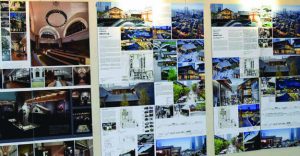 Have planning and building regulations become more onerous in Hong Kong? As a professional in the industry, can you share your experience in dealing with government regulations with regard to development?
Have planning and building regulations become more onerous in Hong Kong? As a professional in the industry, can you share your experience in dealing with government regulations with regard to development?
In general, the industry and the government share the same direction, such as the ideas of Green building, design safety and the use of information and communication technology in construction.
What we are more concerned about is not the regulation of planning but the implementation of the policies. The lack of co-ordination among policy bureaus and government departments is indeed an obstacle to our work. Consequently, we always have to spend a lot of time to cope with that. Moreover, given the small scale of development in Hong Kong, the lack of flexibility in the system makes it even harder.
We believe there is plenty of room for improvement. For example, the BEAM assessment is designed to encourage Green buildings, but at the same time, we doubt whether this should be overriding other considerations.
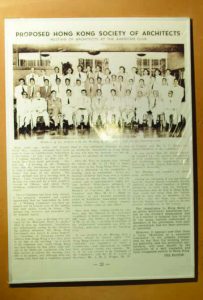 The proposal to use country park land for housing developments has been regarded as a solution to the land shortage in Hong Kong. At the same time, it is also a highly controversial topic to the public. What do you think are the key points that need to be considered in this decision?
The proposal to use country park land for housing developments has been regarded as a solution to the land shortage in Hong Kong. At the same time, it is also a highly controversial topic to the public. What do you think are the key points that need to be considered in this decision?
The development of country parks is not only highly controversial to the public, but also among our members. There is no denying that the land supply in Hong Kong is in shortage, despite some increase in recent years. For some people, their living environment is worsening, which we think is unsatisfactory.
In order to deal with the housing problem in Hong Kong, we need to have an overview of the land policy. We need to ask whether the developed lands are efficiently allocated. Developing country parks is certainly not the only cure for the problem. Creating land, cavern development and the use of brownfield sites are all possible options. I understand the concern of the domino effect, which will set a bad precedent for the future. But above all, I believe a rational discussion on this issue is the only way to find a solution to the problem.
Last but not least, what advice would you give to young architects?
The architectural industry has changed a lot since I was a young architect. I understand the difficulties of being a young architect, especially in a well-developed industry. I believe all the architects have their own ideas and visions? they want a platform to be able to participate in and give play to their talent and contribute to society. That’s certainly one of our chief missions to help young talents pursue their career and future in the industry.
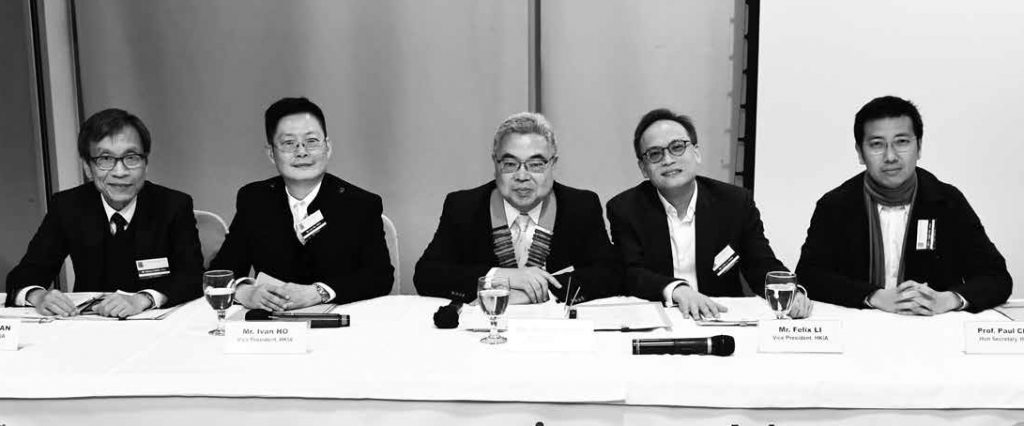
For young architects, it is important to stay true to their heart and their passion. Even in dealing with a small-scale project, there is still a lot of space to show their creativity and ideas. Fresh architects need time, as well as knowledge and skills from different projects, to progressively gain experience to become a successful professional and qualified architect.

 Malaysia
Malaysia Singapore
Singapore Indonesia
Indonesia Tiếng Việt
Tiếng Việt ประเทศไทย
ประเทศไทย





